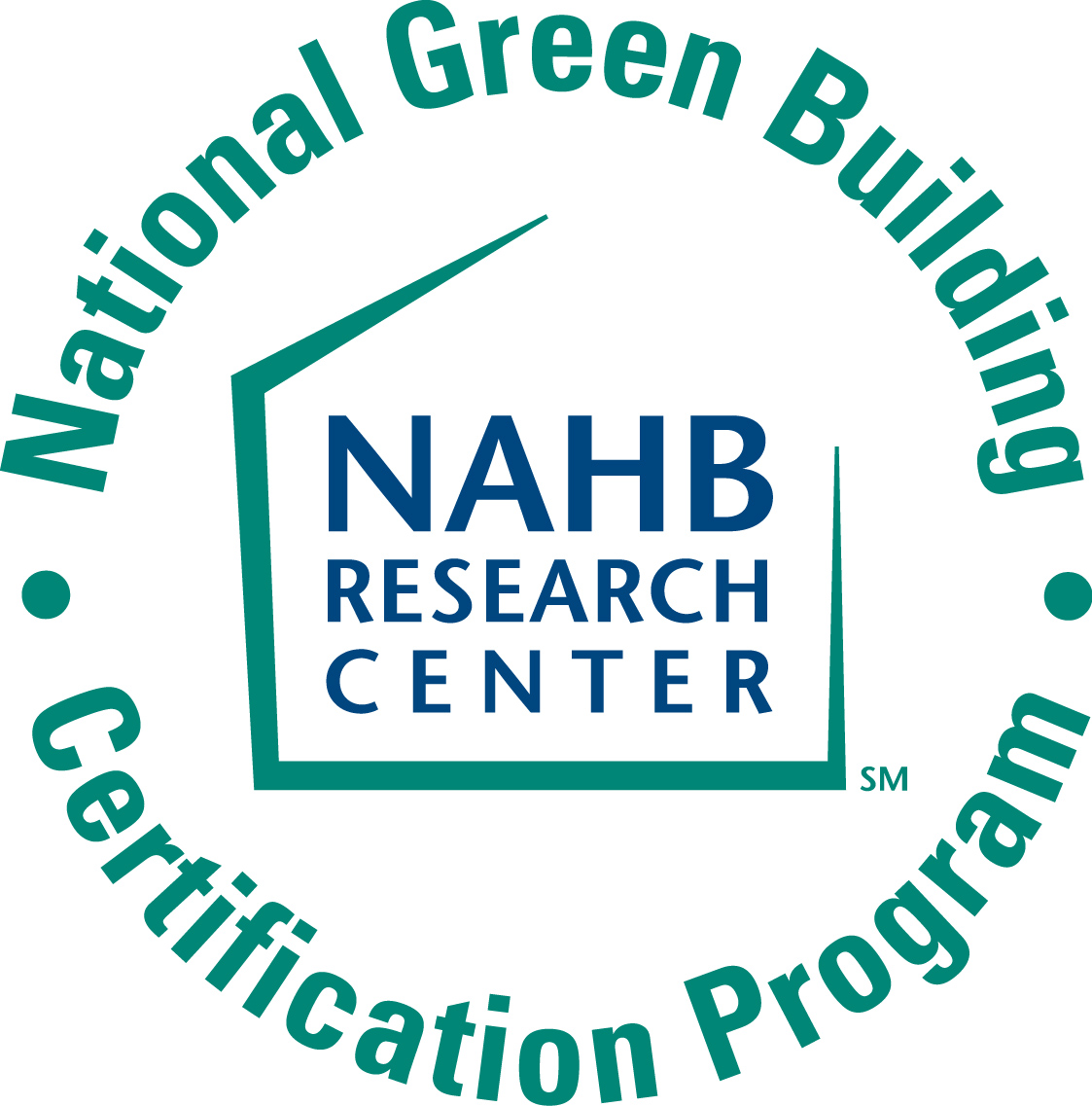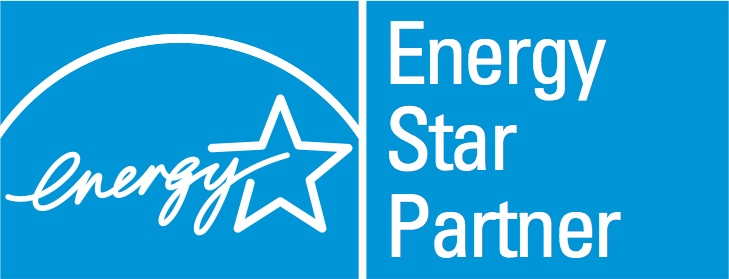Green Building
Habitat for Humanity of Williamson and Maury Counties (HFHWM) builds affordable, quality homes that reduce energy usage, environmental impact, and lifetime maintenance cost for our homeowners.
HFHWM uses the green building principles, as outlined by the National Green Building Standard.
The key components of a green home are to incorporate environmental considerations and resource efficiency into every step of the building and development process to minimize environmental impact. The design, construction, and operation of a home must focus on energy and water efficiency, resource-efficient building design and materials, and indoor environmental quality, and must take the home’s overall impact on the environment into account.
Key components of Green Building
- Lot & Site Development
- Resource Efficiency
- Energy Efficiency
- Water Efficiency
- Indoor Environmental Quality
- Homeowner Education
Outside the Home
In a green home, care is taken to preserve trees and other vegetation native to the area. Landscaping contains plants that are appropriate for the climate and grouped according to water needs. Driveways and other impervious surfaces should be reduced as much as possible, and Rain Gardens are used to control on-site stormwater. Rain Gardens collect and filter the stormwater from a development before it is reintroduced into the water table and eventually our waterways.
Resource-Efficient Features
These decisions – from home size, to orientation on the lot, to floor plan layout – are made in the design of the home and development of the lot. The house orientation and design should take advantage of natural daylight to reduce lighting needs, and should use strategies to reduce heat gain in the summer and heat loss in the winter. The home contains renewable materials, including rapidly-renewable wood species and recycled-content materials in carpets, trim, and concrete formulations.
Energy Efficient Features
Many of the energy-efficient qualities of a green home are easy to spot. Appliances, windows, and water heating systems will likely have ENERGY STAR® ratings. The home also includes efficient lighting fixtures and bulbs. Others are not so obvious such as conditioned crawlspaces, radiant barriers in the attic, the attention to detail when installing insulation, and proper air sealing of the home.
Water-Efficient Features
Fixtures and appliances such as low-flow showerheads, faucets, and toilets all serve to conserve water. Water collection systems are used to water landscaping in lieu of irrigation system
Indoor Air Quality Features
In a certified “Green” home, the heating, air conditioning and ventilation system (HVAC) is appropriately sized for an efficient and properly ventilated home. Fans in the kitchen and bathrooms serve to cycle fresh air inside, and release stale air. Low-VOC (Volatile Organice Compound) paints, finishes, and adhesives are used as well.
Homeowner Education
A main focus of Green Building is the proper education of our Partner Families. A builder can take every step necessary to build a green home but it is all for nothing without the homeowner maintaining those upgrades. When a family understands how their home operates they can then take steps to ensure its maximum efficiency for years to come. The education includes: proper disposal of household waste, use of non-toxic cleaners, renewable energy sources, recycling methods, and ways of reducing energy consumption.
Source: www.nahb.org






